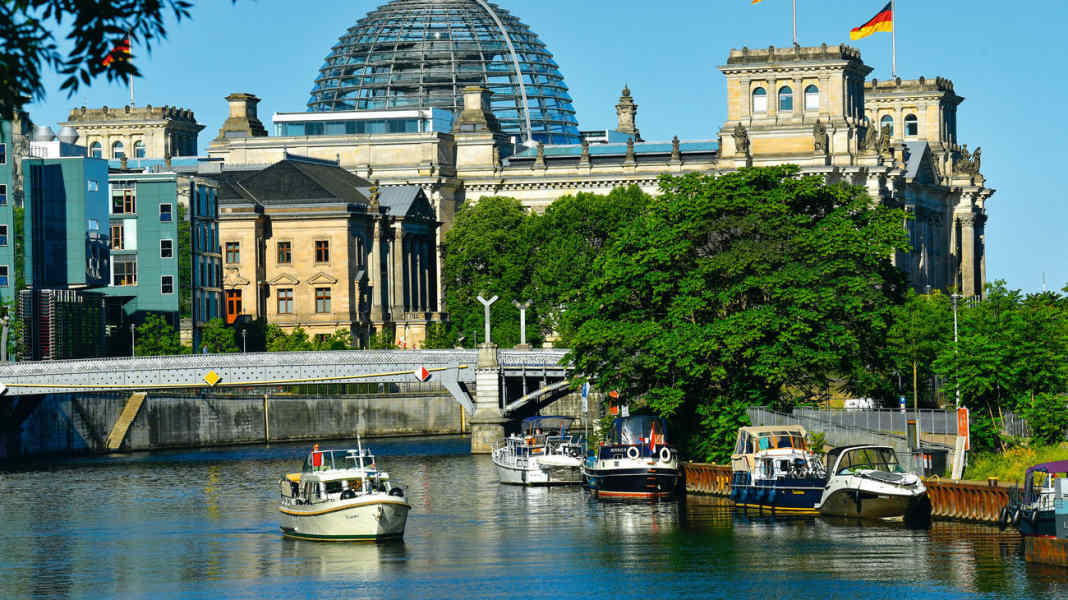
With 34,800 kilometres of waterways and 3,200 lakes, the Berlin-Brandenburg metropolitan region is part of the largest inland water sports area in Europe. In recent years, the range of leisure activities on Berlin's waterways has grown immensely. A holistic concept that takes a strategic view of water tourism and combines the interests of the various user groups and environmental protection aspects has not yet been developed. The Senator for Economics, Energy and Public Enterprises, Franziska Giffey, presented the new concept at a press conference organised by the Senate Chancellery at midday.
Go-ahead for various measures from 2025
Under the guiding principle of "compatible coexistence, balance and sustainability", the concept offers a widely accepted guideline for action for all stakeholders in Berlin's water tourism sector. 400,000 is available in the 2024 and 2025 budgets for the development of the water tourism concept and initial concrete measures. According to Giffey, today's decision is the starting signal for the detailed planning for implementation. The first individual measures are due to start at the beginning of the water season in spring 2025.
Franziska Giffey: "With the involvement of all stakeholders, we have developed a concept that will enable sustainable and environmentally friendly tourism on our waterways in the future. On the one hand, this is about protecting the waterways and banks, but also about providing more attractive offers on the water, for example through real-time information on capacity utilisation and water levels or by optimising landing stages."
Concept includes five key projects
With the participation of the various interest organisations and user groups, five central key projects were identified, which form the framework of the concept:
The first project is a Communication and marketing strategy. A quality and awareness-raising campaign is intended to promote mutual consideration and cleanliness. The second important pillar is the Introduction and expansion of electromobility on Berlin's waterways. Electrically powered boats are intended to reduce emissions and relieve the burden on ecosystems. The first waterway route with at least five charging stations is to be launched next year.
The third point is a Digital information and guidance systemwhich is intended to make navigation and information easier. Relevant information such as current water frequencies, capacity utilisation, protection, prohibition and danger zones, offer qualities and availability (e.g. the number of moorings), weather conditions, usage rules, water levels, route recommendations and other information should be available on a platform in real time if possible. This requires a Data-supported monitoring which is the fourth key project in the concept. The data collected should provide important insights into the development of water tourism in order to highlight gaps and identify areas for improvement. For example, utilisation data, infrastructure data and market research results will be collected.
Expansion of berths and moorings
The fifth and final point in the concept describes a "High-quality infrastructure development". Among other things, it is intended to counteract deficiencies at supply and disposal stations and improve the quality of moorings and guest moorings in the urban area.
Workshops are planned for each of these key projects at the beginning of the year with the participants from the project advisory board and the responsible departments and institutions so that the responsibilities and tasks for implementing the measures are clearly allocated at the end.
